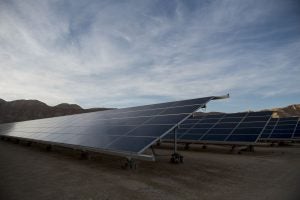
A solar array at the Arava Institute.
Deep in the Israeli desert is an academic institute that is building peace in the region by putting nature at its center. The Arava Institute, in partnership with Ben Gurion University, brings students from Israel, Palestine, Jordan, and around the world to find common ground around environmental problems and build trust – and peace – from there.
On a recent trip to Israel, including to the Arava Institute, I was told many times by many people, “Everything is political here.” Water and energy are no exception. In a region where water can be scarce and oil has long reigned as king, the politics of environmental issues are even more extreme than what people in many parts of the world can wrap their heads around.
Of course, environmental issues in Texas – and across the country – can be highly divisive. But polls consistently show Americans want to protect and defend the health of our children and the well-being of our communities. And clean energy can play a critical role: Our nation’s power sector accounts for nearly 40% of U.S carbon emissions – causing health problems such as asthma attacks, heart attacks, and a staggering number of premature deaths every year.
Today, Texas opens its 85th Legislative Session. Wouldn’t it be refreshing if, instead of fighting over taking action on climate change, leaders sat down with a common starting point: to ensure clean, available water and clean air through renewable energy, while maintaining a robust economy? Perhaps we can learn from the Arava Institute and start with our commonalities, like the desire for clean air and clean water, to build cooperation and achieve clean energy progress. Read More

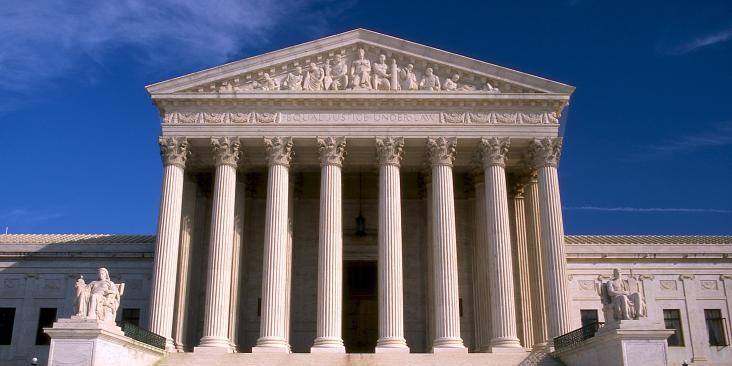
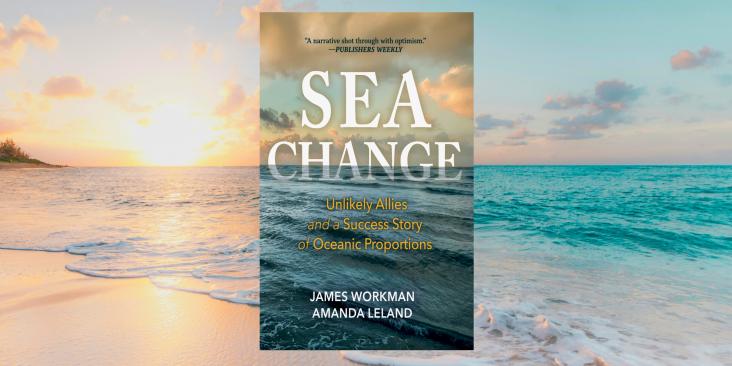







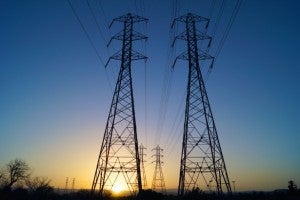 By
By 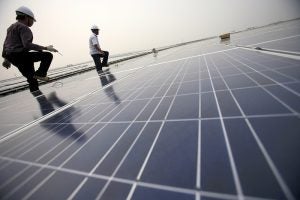 By
By 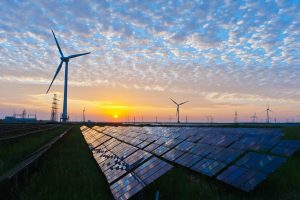 California’s three major utilities – Pacific Gas & Electric (PG&E), Southern California Edison (SCE), and San Diego Gas & Electric (SDG&E) – have proposed plans to move Californians to electricity prices that vary with the time of day.
California’s three major utilities – Pacific Gas & Electric (PG&E), Southern California Edison (SCE), and San Diego Gas & Electric (SDG&E) – have proposed plans to move Californians to electricity prices that vary with the time of day.  “What happened to oil in the late 1970s?” was a question assigned to me in elementary school to discuss with family over the Christmas holiday break. At the time, this question seemed innocent enough, and I didn’t know how my family would react about what I soon learned to be two oil embargos. Turns out when I brought it up one night, extended family members held a broad spectrum of views on the issue, and the question led to one of the most heated dinner arguments I can recall – until this year, at least. This holiday, family discussions focused on the presidential election. Fierce conversation ensued on standout topics. But, to my dismay, energy and the environment were just an afterthought.
“What happened to oil in the late 1970s?” was a question assigned to me in elementary school to discuss with family over the Christmas holiday break. At the time, this question seemed innocent enough, and I didn’t know how my family would react about what I soon learned to be two oil embargos. Turns out when I brought it up one night, extended family members held a broad spectrum of views on the issue, and the question led to one of the most heated dinner arguments I can recall – until this year, at least. This holiday, family discussions focused on the presidential election. Fierce conversation ensued on standout topics. But, to my dismay, energy and the environment were just an afterthought.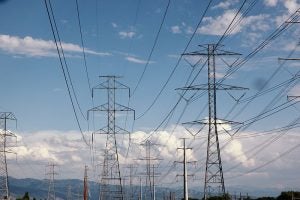 Market forces and technology are increasingly making old, dirty power plants uneconomic, which creates an opportunity for clean energy progress and cleaner air. However, outdated rules and entrenched interests can complicate the path to a healthier energy economy, as evidenced by a new settlement in Ohio.
Market forces and technology are increasingly making old, dirty power plants uneconomic, which creates an opportunity for clean energy progress and cleaner air. However, outdated rules and entrenched interests can complicate the path to a healthier energy economy, as evidenced by a new settlement in Ohio.